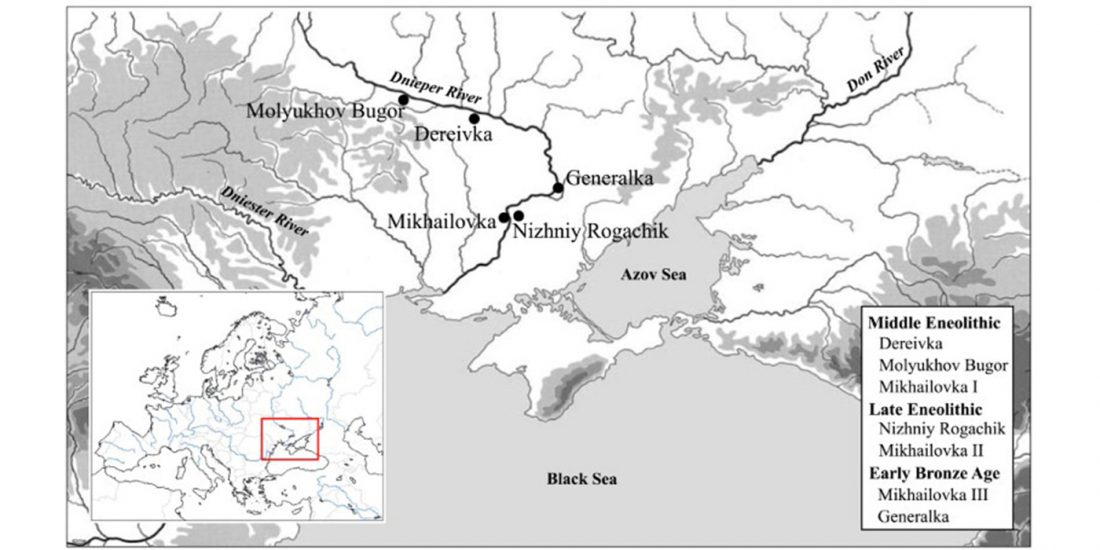I wrote a series of posts at the end of 2017 / beginning of 2018, to answer the wrong assumptions I could read in forums and blogs since 2015.
I decided not to publish them then, seeing how many successive papers were confirming my Indo-European demic diffusion model in a (surprisingly) clear-cut way.
Nevertheless, because I keep reading the same comments no matter what gets published, even in mid-2018 – the latest ones in our Facebook page (“was haplogroup X Indo-European?”), and in this very blog (“I see it very difficult to link Bell Beaker with Balto-Slavic, when now Balto-Slavic … Read the rest “The R1b-L23/Late PIE expansions, and the ‘R1a – Indo-European’ association”

